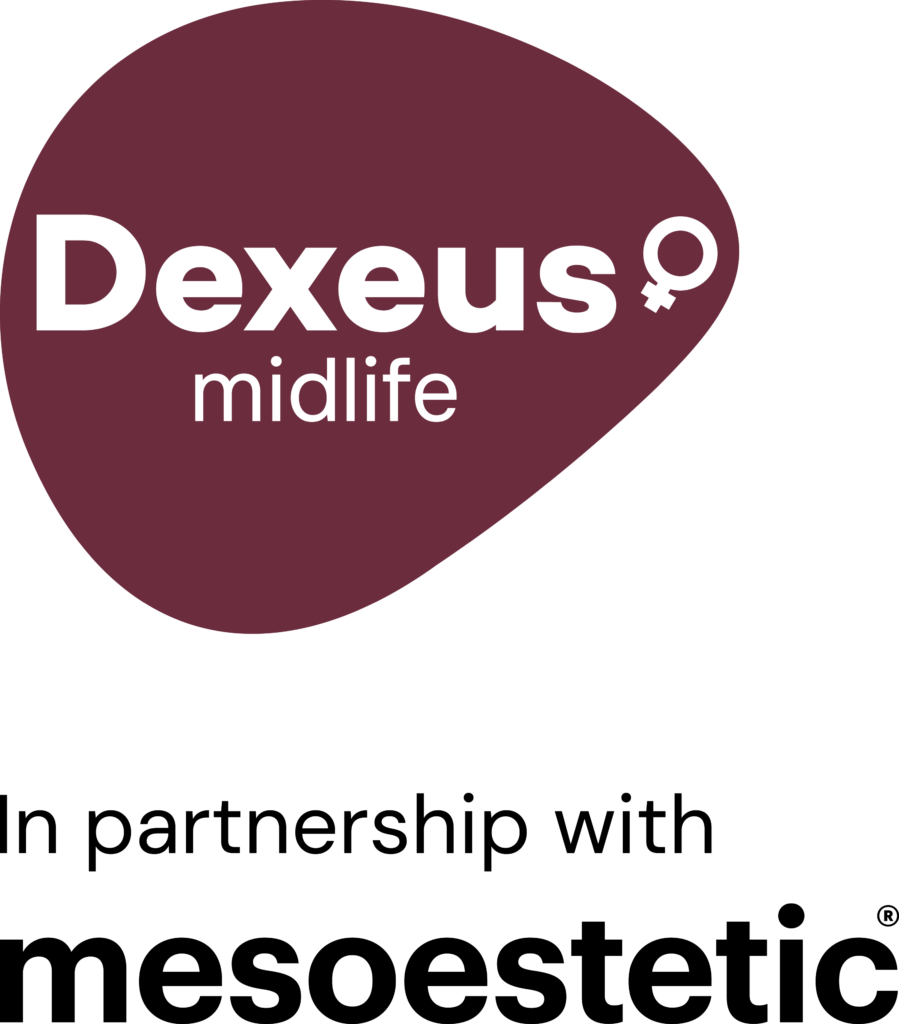Laser technology has been used for years in dermatology for therapeutic purposes. Its aim is to trigger a cell response that fosters and accelerates the recovery of damaged tissues. After confirming its effectiveness and good results, its use has been extended to the field of regenerative gynaecology, in order to combat the vaginal atrophy that the menopause entails, as well as to improve hyperlaxity and postpartum scars and bring back tissue elasticity after surgery.
At our clinic we apply the Erbium YAG laser to activate cell metabolism and promote the regeneration of vaginal tissue. As it is emitted in a fractional way, the area on which it operates can be controlled very precisely, allowing it to carry out both very soft treatments with very fast recoveries and treatments for very damaged tissues.
What it is
- Application
It consists of applying a laser light beam to the vaginal mucosa. Local anaesthesia (in the form of an ointment) can be used, although in most cases it is not necessary.
- Painless
A slight vibration may be noticed during the procedure, but it is never painful.
- Consecutive pulses
Light is emitted in the form of consecutive pulses separated by microseconds which allow the basal temperature of the tissue to be recovered.
- Superficial action
This laser action on the vaginal mucosa is very superficial and does not damage the structures in deeper layers.
Who is the treatment intended for?
The Erbium YAG laser is effective for the treatment of the following gynaecological functional indications:
- Vulvovaginal atrophy.
- Vaginal hyperlaxity (vaginal relaxation syndrome).
- Mild and moderate urinary incontinence.
- Pelvic organ prolapse.
- Lichen sclerosus et atrophicus.
- Caesarean section scars, laparoscopy and postpartum.
- Functional and aesthetic genital surgery.
- Post-pregnancy abdominal stretch marks.
Expected outcome
- Recovers vaginal pH.
- Improves the symptoms of itching and stinging.
- Improves the tone and lubrication of the vagina.
- Brings back strength control in the vagina.
- Helps avoid urine loss.
- Improves vaginal dryness and urinary incontinence.
- Improves sexual sensitivity and pleasure (in some cases).
- Reduces susceptibility of suffering a vaginal prolapse.
Side effects
- Vaginal Erbium laser treatment may cause redness of the area (erythema), swelling (oedema), local heat, itching or pink vaginal discharge. These symptoms are usually short-lived and last from a few hours to a few days.
FAQs
Se recomienda realizar al menos dos sesiones de láser vaginal separadas entre sí de 30 a 45 días. En la mayoría de los casos, la mejor respuesta se obtiene tras tres sesiones clínicas.
La duración de la eficacia clínica es variable en función de cada paciente y de la intensidad del proceso. En el futuro es posible que se repita el cuadro clínico si persiste el motivo que lo provocó, como ocurre en el caso del déficit de estrógenos.
Aunque no es frecuente, puede aparecer dolor en la zona, quemaduras superficiales, infección y fiebre transitoria, que se puede controlar con antitérmicos.
Puedes ducharte con total normalidad y reanudar la actividad física y sexual a las 48-72 horas, a no ser que el médico indique lo contrario. Pero debes evitar esfuerzos que aumenten la presión abdominal y en la vejiga durante 7 días y deportes de impacto en la zona tratada, como ciclismo o montar a caballo. Si no tienes sangrado, puedes nadar y hacer baños de inmersión transcurridas 72 horas.
En cada paciente se valora su historial clínico y antecedentes familiares. Hay algunas circunstancias que es importante tener en cuenta como antecedentes de cáncer o lesiones precancerosas, diabetes insulinodependiente no controlada, enfermedades relacionadas con la inmunosupresión, coagulopatías, toma de medicamentos fotosensibilizantes, cicatrización queloidea, entre otros…). Tu doctora te informará.
Discover the experiences of our patients
I recommend it 100%
“Lorem ipsum dolor sit amet, consectetur adipiscing elit. Curabitur consectetur euismod tellus, vel pretium nulla. Vestibulum lobortis venenatis erat vel rhoncus. Phasellus volutpat tortor vitae nisl pharetra tristique. Sed ac nisi congue, posuere felis tincidunt, consequat risus. “
Carmen Rodríguez, Barcelona
Related treatments
Functional Magnetic Stimulation Chair
Functional Magnetic Stimulation Chair
Functional magnetic stimulation is a technique that uses electromagnetic fields of different intensity to tone the pelvic floor muscles....
Read moreVulvovaginal hydration
Vulvovaginal hydration
Treating the genital area with hyaluronic acid is one of the techniques we can use to hydrate the vulvovaginal area...
Read moreBio-regeneration with platelet-rich plasma (PRP)
Bio-regeneration with platelet-rich plasma (PRP)
Platelets are cell fragments present in blood plasma that naturally activate tissues' regenerative capacities. Therefore, they are used for therapeutic...
Read moreCarboxytherapy
Carboxytherapy
It consists of the infiltration of carbonic anhydrase (CO2) in tissues to promote an increase in blood circulation and to...
Read moreFat grafting
Fat grafting
It is applied in the urogenital area to stimulate tissue regeneration. It improves hydration, tone and lubrication of the vulvovaginal...
Read moreRegenerative mesotherapy
Regenerative mesotherapy
It is a medical technique that allows you to take vitamins and active substances through dermis microinjections into the skin...
Read moreIntimate depigmentation
Intimate depigmentation
Darkening of the skin in the intimate area in women is associated with ageing. There are minimally invasive solutions that...
Read moreLabiaplasty
Labiaplasty
It is a surgical procedure performed to reduce, reshape or correct asymmetries in the labia majora or labia minora of...
Read morePelvic floor physiotherapy
Pelvic floor physiotherapy
Hormonal changes and posture have an impact on the pelvic floor muscles. Often it is not seen or noticed until...
Read moreRadiofrequency
Radiofrequency
Radiofrequency is a cell activation therapy that stimulates the formation of collagen and elastin and increases blood flow, which makes...
Read more
